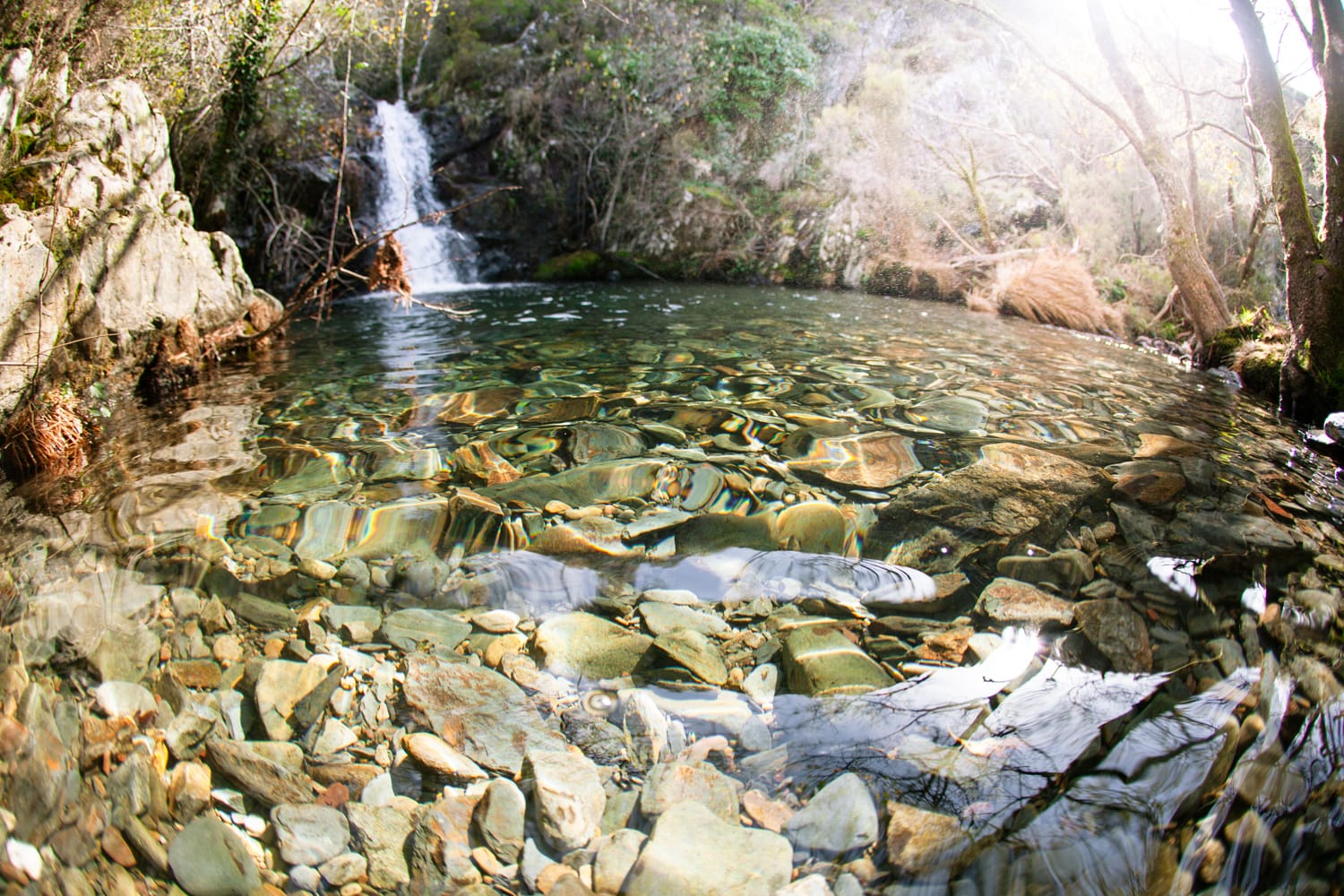Guide to wild swimming in central Portugal
Since the casual visitor often regards Portugal as a vessel for Lisbon and Porto, the overlooked midlands contain immense unspoilt areas. Also, the false idea that this part of Europe is hot, and therefore completely dry, is challenged here.
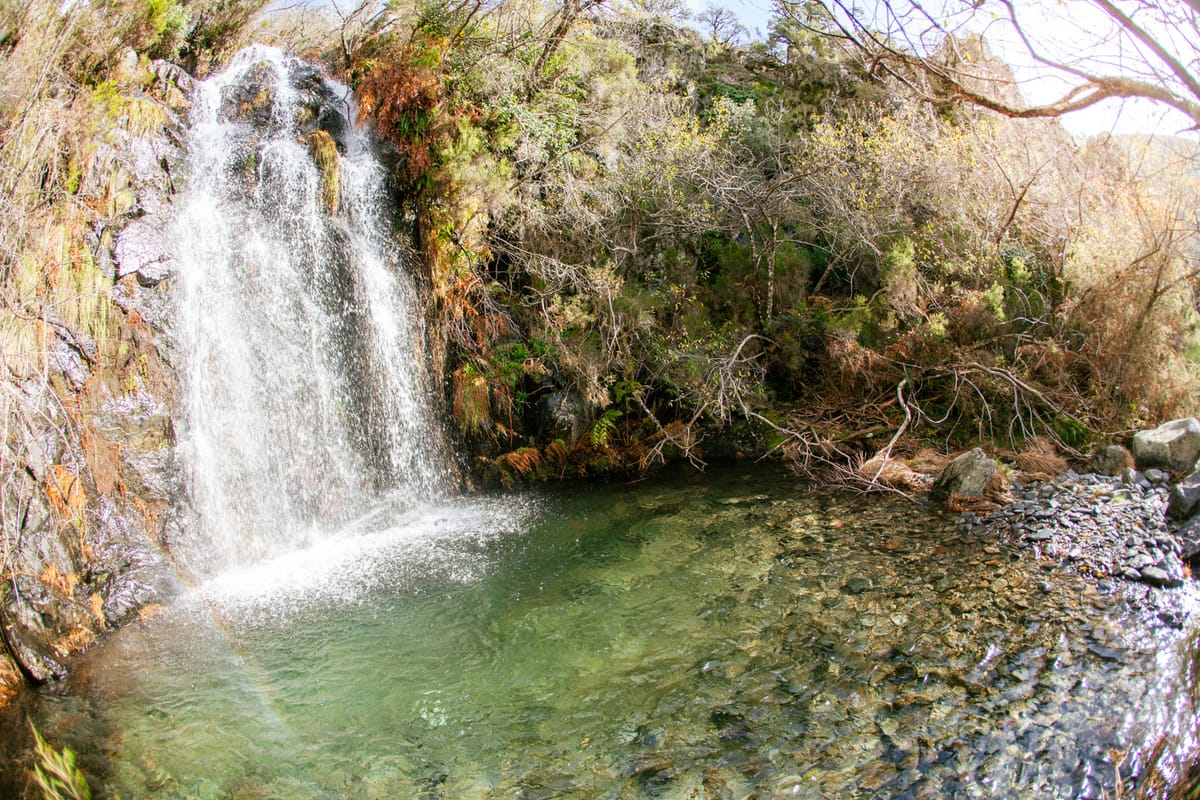
The writing of this guide began with a birthday promise. My then two-year-old daughter asked me if I'd take her to a swimming pool on her third birthday. When I said yes, I had in mind a local outdoor swimming pool with loungers and umbrellas shading us from the southern European sun. But when we arrived on that special day, the swimming pool was closed. Despite the summer mid-September carried to be superb, the local government decided that swimming outdoors was over. It was a tricky position to be in; it was supposed to be a birthday, not a disappointment day. The only other place to swim, I thought, that would be open, was Praia Fluvial de Nossa Senhora da Piedade, filled with fresh mountain water. However, there was a major problem. The water was piercingly cold. For my daughter, it was merely a nuance; she happily went in to enjoy swimming and splashing. For me, though, the experience was fierce. Afterwards, I happily got out of the water with a tingling sensation on my skin. I noticed the invigorating feeling the cold swim had caused.
Since that unexpected outcome, I always look for possible wild swimming places and when I find one, with some hesitation―for that has never changed―I go in. Now, having collected a sizeable list of locations, I will be sharing them with you so that you can experience their surprising charm.
While following this guide, you may notice there are few amenities along the way. The tourism industry, which can feel intrusive in other parts of Europe, is subtle here and it doesn't interfere with the original charm of the towns and villages. This in turn makes the wild swimming experience pure and authentic. As the locations are mostly stripped of convenience, in contrast to the well-known tourist destinations, there is little reason to hold on expectations. Be open to surprise and the unexpected; to the adventure.
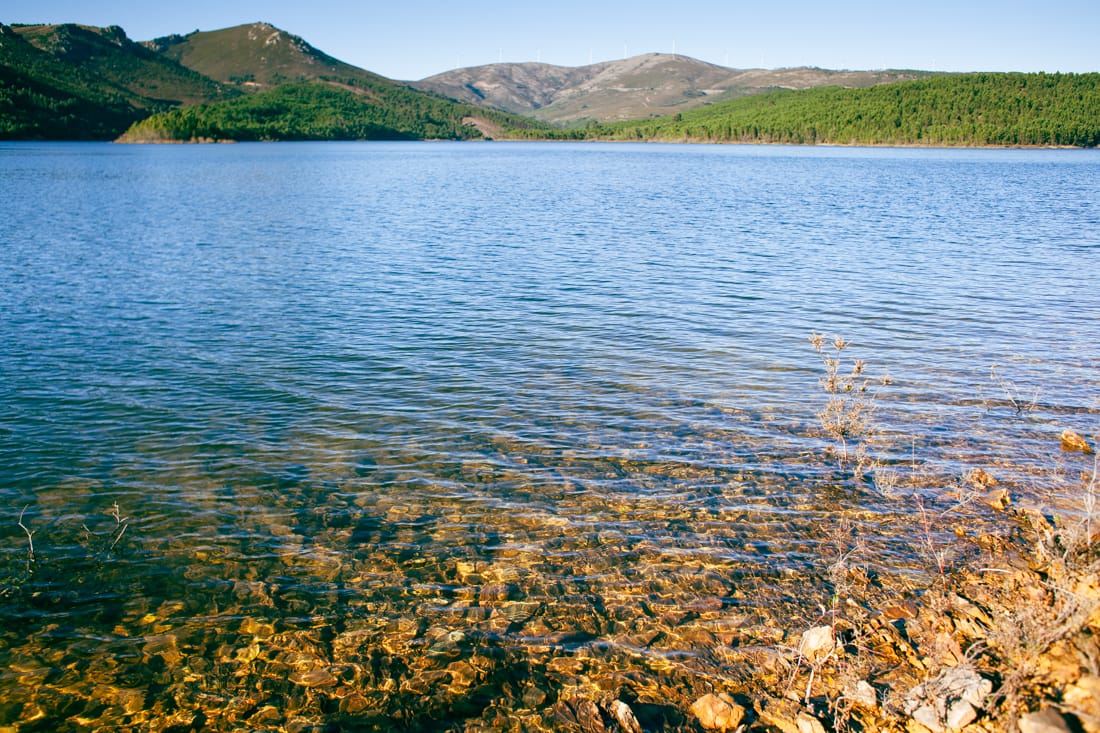
Furthermore, wild swimming presents a chance to reconnect with nature. Some people may like to swim long distances to enjoy a meditative state, others may only dip into freezing-cold water to enjoy the intensity of a mountain stream. All swimmers, however, are required to be in the present moment. When submerged, there is no escape from the reality of the water. In other outdoor activities, there are always layers of protection to shield us from the elements: a cosy jacket to keep the body dry and warm, a good pair of walking shoes to keep our feet safely off the ground, a hat to protect the head from rain and sun― the outdoor shops' shelves with equipment to soften the reality of reconnecting with nature are laden. However, shelves with swimming equipment are almost empty―little can be done to soften the reality of water. Without these shielding layers, the wild swimmer is naked and vulnerable to the water temperature and the weather terms. Hence, this intimate approach to reconnecting with nature can be profound - contrary to following a strict itinerary and visiting well-known tourist destinations.
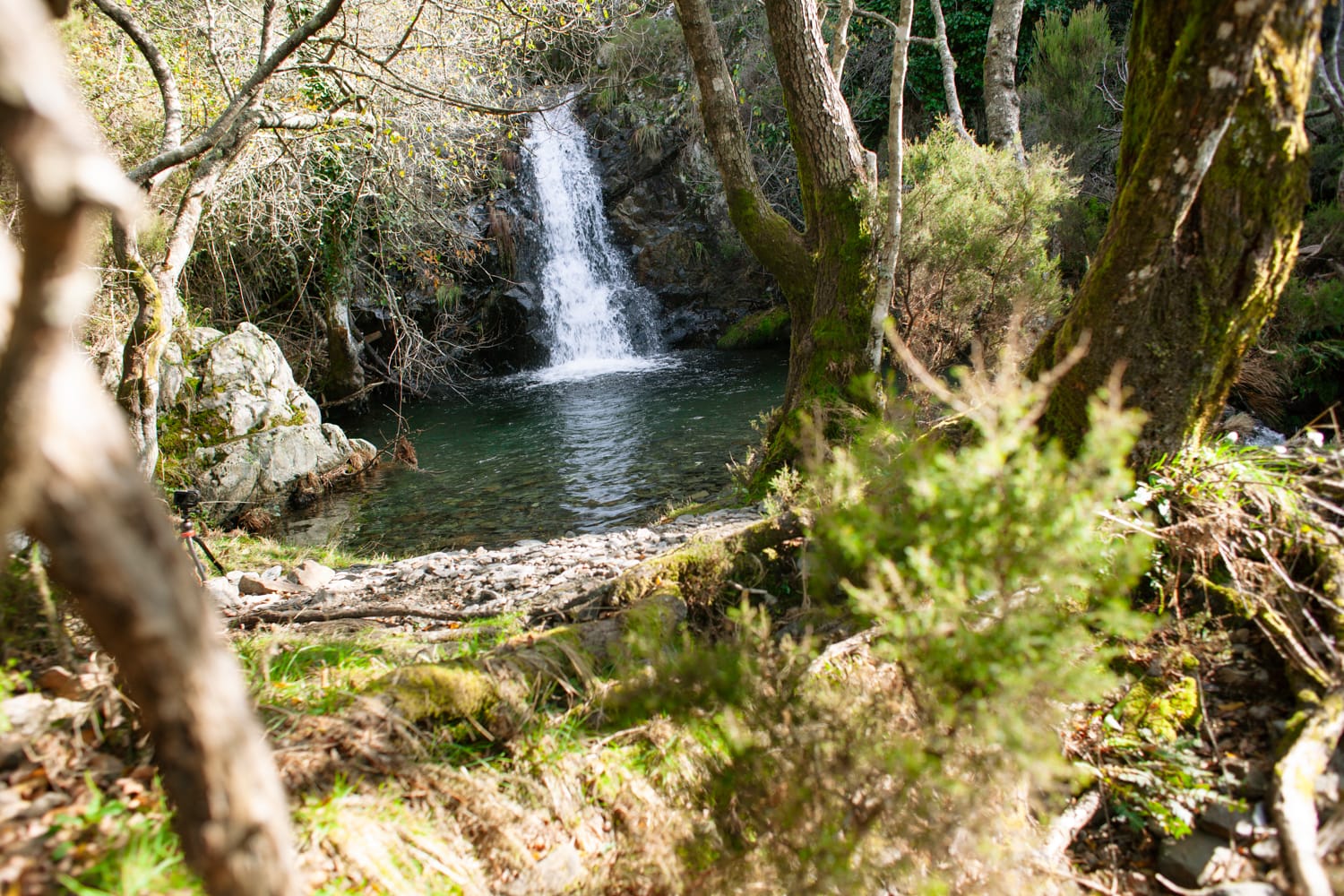
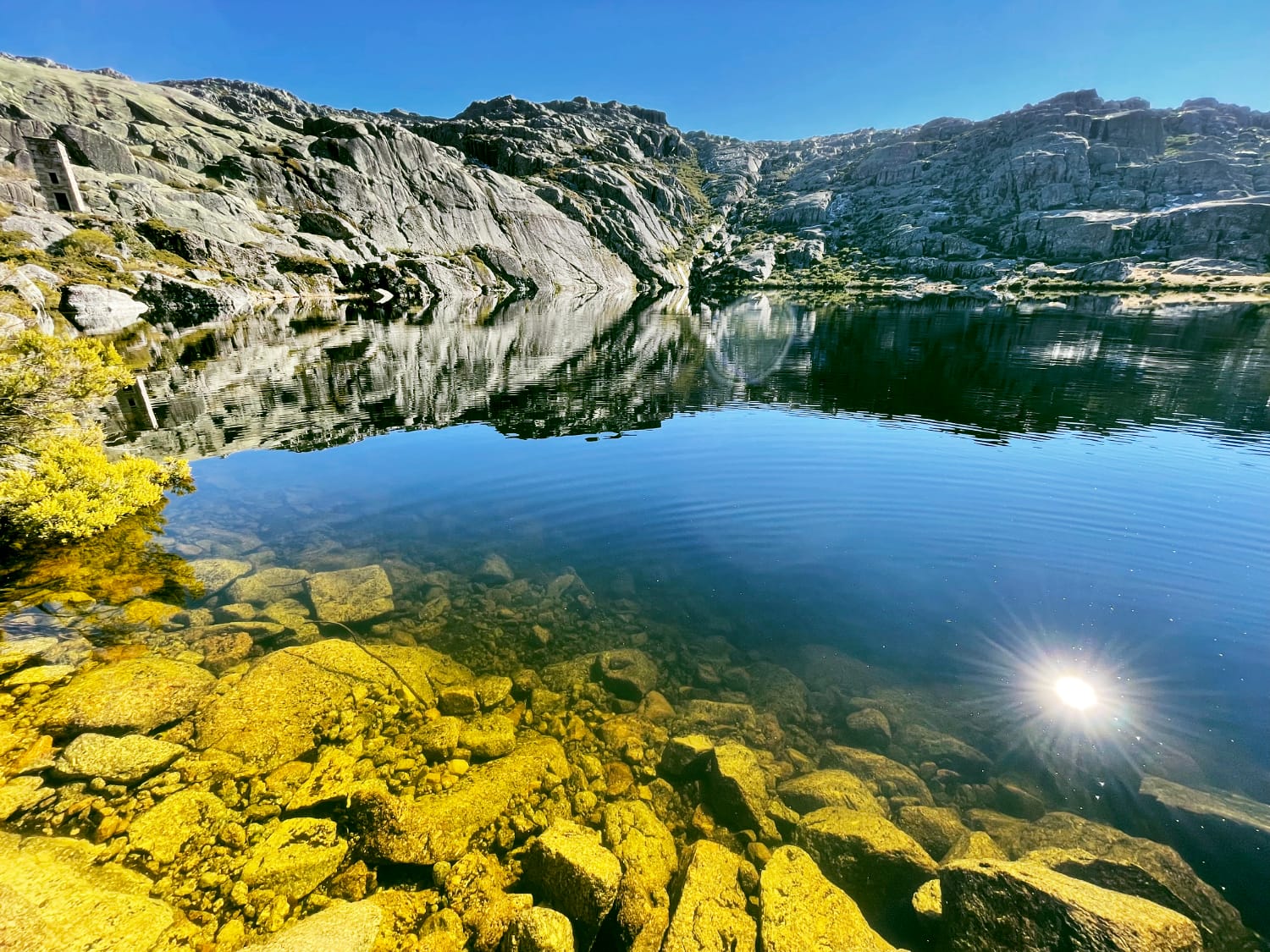
Since the casual visitor often regards Portugal as a vessel for Lisbon and Porto, the overlooked midlands contain immense unspoilt areas. Also, the false idea that this part of Europe is hot, and therefore completely dry, is challenged here. The amount of water rushing down to the Atlantic Ocean is surprising. Perhaps because of the mountainous terrain, countless streams, rivers, and lakes cut through the landscape. This and the fact that the tourism industry is subtle in these quieter areas, creates the perfect conditions for the adventure of wild swimming.
